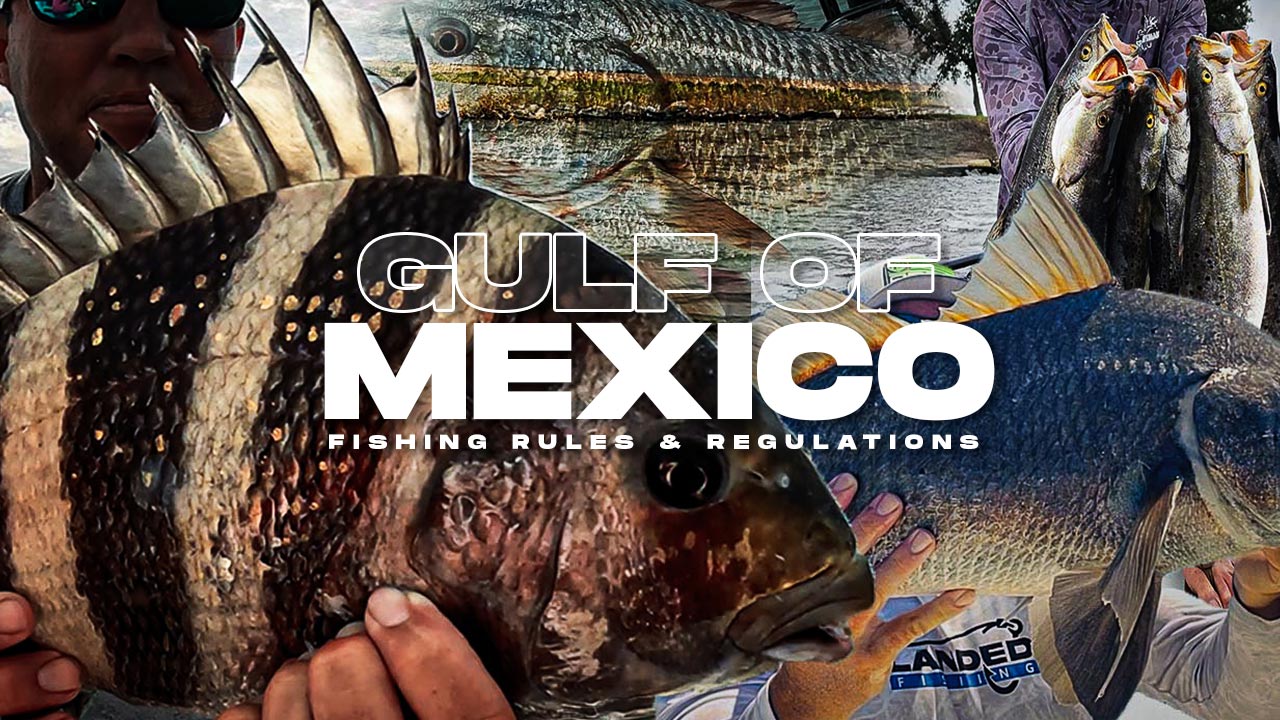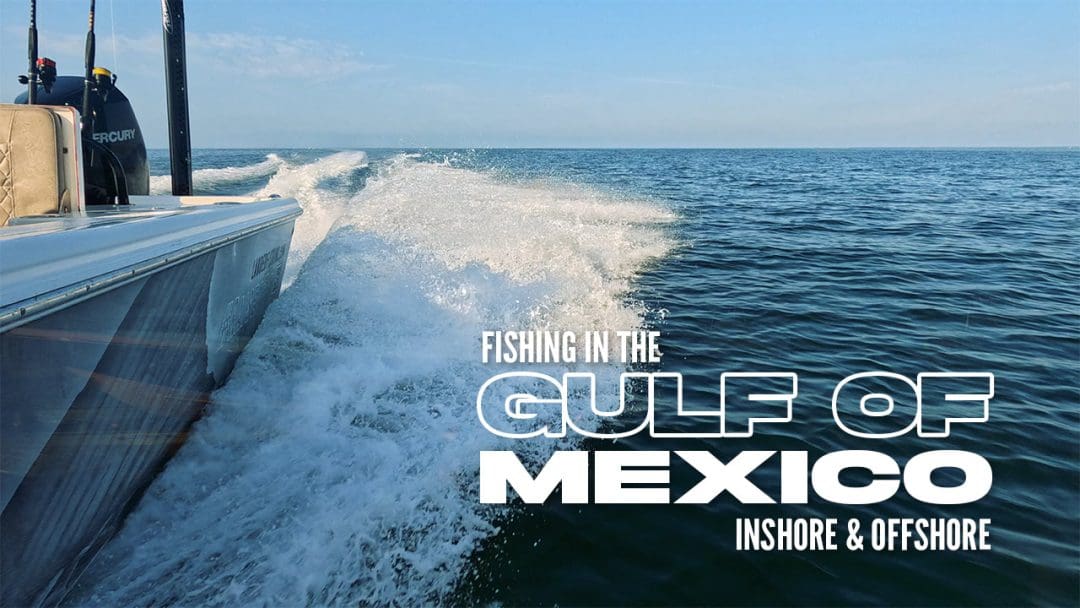Gulf of Mexico Fishing Regulations: What You Need to Know
Fishing in the Gulf of Mexico is an exciting experience, but it’s important to follow the rules and regulations set forth by state and federal agencies. These regulations are in place to protect fish populations and ensure sustainable fishing practices. Here’s what you need to know before you hit the water:
Fishing licenses:
All anglers are required to have a valid fishing license when fishing in the Gulf of Mexico. Licenses can be obtained through state agencies or online.
Bag and size limits:
There are bag and size limits for different species of fish, so it’s important to know the rules for the fish you’re targeting. Make sure to measure fish accurately to avoid fines.
Closed seasons:
Certain fish have closed seasons to protect them during their breeding season. It’s important to know which fish have closed seasons and when they occur.
Gear restrictions:
Some gear, such as spearfishing gear or certain types of nets, may be restricted in certain areas or for certain fish.
Protected areas:
There are certain areas in the Gulf of Mexico that are protected and off-limits to fishing. Make sure to check the regulations before you head out.
Reporting requirements:
Anglers may be required to report certain catches or fill out surveys to help with fish population studies.
Enforcement:
There are penalties for violating fishing regulations, including fines and even criminal charges.
Conservation efforts:
Many organizations work to promote sustainable fishing practices in the Gulf of Mexico, and anglers are encouraged to participate in these efforts.
General Fishing Safety:
It’s important to follow safety guidelines when fishing in the Gulf of Mexico, including wearing life jackets and checking weather and tide conditions.
Respect for the environment:
Anglers should practice Leave No Trace principles and respect the environment they are fishing in.
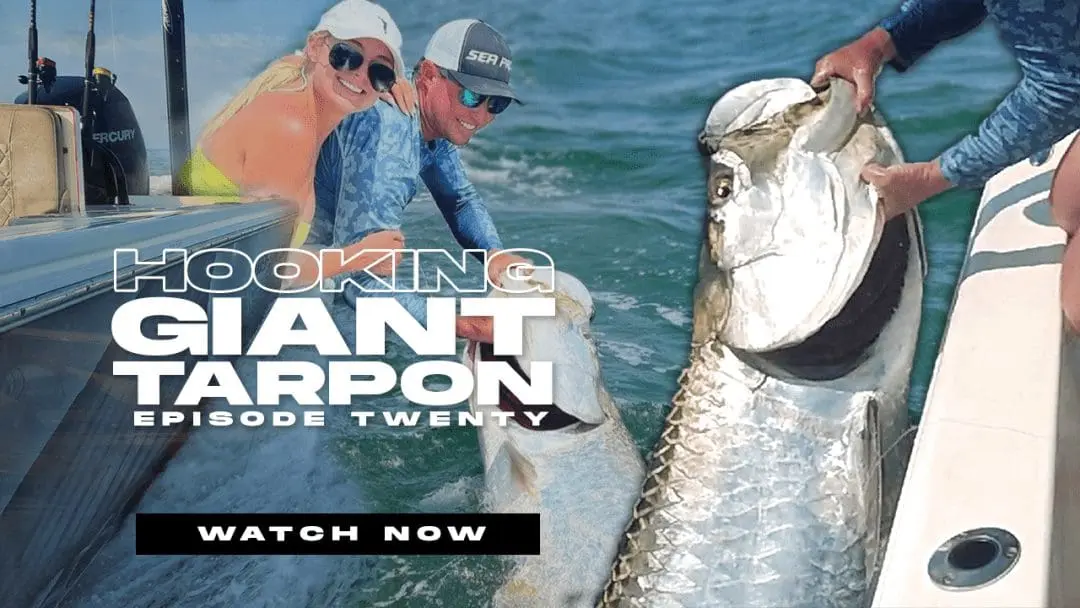
Important Regulations for Fishing in the Gulf of Mexico
Fishing in the Gulf of Mexico is a popular and growing activity, but it’s important to adhere to regulations to help protect the marine ecosystem and ensure sustainable fishing practices.
Fishing Licenses
Anyone fishing in the Gulf of Mexico must have a valid fishing license, regardless of whether they are fishing from shore or a boat. Licenses can be obtained from the state where you plan to fish, and fees and requirements may vary. (links provided below)
Bag Limits
Bag limits refer to the number of fish a person can keep in a single day. Different species have different bag limits, so it’s important to be familiar with the regulations for each species you plan to target.
Size Limits
Size limits refer to the minimum size a fish must be in order to be kept. Again, different species have different size limits, so it’s important to be familiar with the regulations for each species.
“Slot limit” or “slot fish” refer to a type of fishing regulation that sets a minimum and maximum size limit for a certain species of fish that can be kept by anglers.
The slot limit is typically defined by a range of sizes, and any fish that falls within that range must be released. Only fish that fall outside of the slot limit – either smaller than the minimum size or larger than the maximum size – can be kept by anglers.
The purpose of slot limits is to help protect fish populations by allowing smaller fish to grow and reproduce, while also allowing larger fish to remain in the ecosystem and contribute to the gene pool. By setting a minimum and maximum size limit, slot limits help to maintain healthy populations of fish and ensure sustainable fishing practices.
Slot limits can vary depending on the species of fish and the location, and anglers should be familiar with the regulations for the species they are targeting before heading out on a fishing trip. It’s important for anglers to follow all regulations and practice responsible fishing practices to help protect the long-term health of the marine ecosystem.
Seasonal Closures
Certain species of fish may be closed for harvest during certain times of the year to protect them during their breeding season or when populations are low. It’s important to be familiar with the seasonal closures in the Gulf of Mexico.
Protected Species
Certain species, such as sea turtles and some types of sharks, are protected in the Gulf of Mexico. It’s important to be familiar with the regulations for these species and take precautions to avoid accidentally catching them.
Gear Restrictions
There may be restrictions on the types of gear that can be used for fishing in the Gulf of Mexico, such as the size of hooks and nets. It’s important to be familiar with these regulations and use only approved gear.
Catch Reporting
There are several fish species that must be reported if caught in the Gulf of Mexico. These reporting requirements are in place to help monitor and manage fish populations, and to ensure that sustainable fishing practices are being followed.
Fish to Report if Caught in the Gulf of Mexico
Here are a few examples of fish species that must be reported if caught in the Gulf of Mexico:
Red Snapper
Red snapper is one of the most popular fish species in the Gulf of Mexico, and it is subject to strict management and reporting requirements. Anglers who catch red snapper must report their catch to the National Marine Fisheries Service (NMFS), and may be subject to other reporting requirements depending on the state and location where the fish was caught.
Grouper
Some species of grouper, such as gag and red grouper, are subject to reporting requirements in the Gulf of Mexico. Anglers who catch these fish may be required to report their catch to the NMFS, as well as to state fisheries agencies.
Tilefish
Tilefish are deepwater fish that are subject to strict reporting requirements in the Gulf of Mexico. Anglers who catch tilefish are required to report their catch to the NMFS and may be subject to other reporting requirements as well.
Yellowtail Snapper
Yellowtail snapper is a popular game fish in the Gulf of Mexico that is subject to reporting requirements. Anglers who catch yellowtail snapper are required to report their catch to the NMFS, and may be subject to other reporting requirements depending on the state and location where the fish was caught.
These are just a few examples of fish species that must be reported if caught in the Gulf of Mexico. It’s important for anglers to be familiar with reporting requirements and to follow all regulations
Federal/ State Fishing Links & Resources
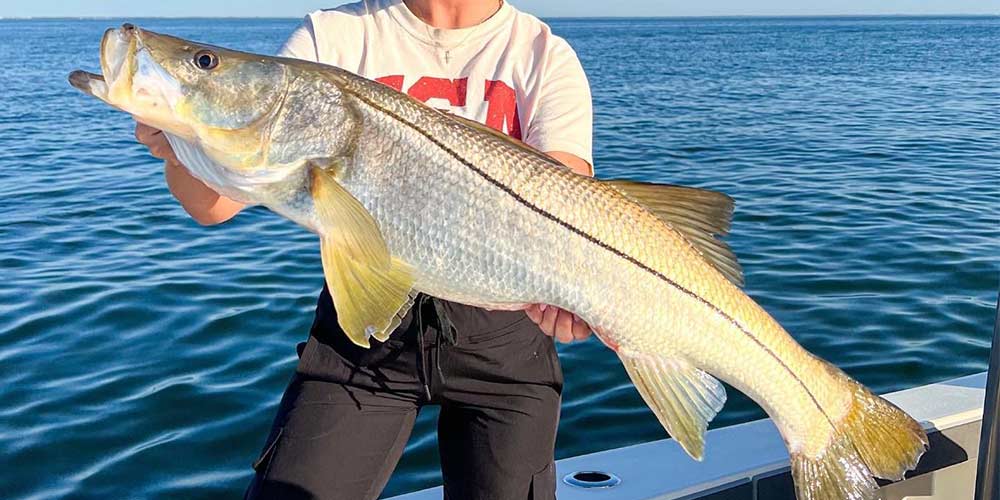
Top 10 Best Fishing Locations in the Gulf of Mexico
Venice, Louisiana:
Known as the “Tuna Town,” Venice is a top destination for tuna, as well as marlin and other big game fish.
Gulf Shores, Alabama:
This area is known for its red snapper and grouper, as well as king mackerel and cobia.
South Padre Island, Texas:
Located at the southern tip of Texas, this area offers opportunities for speckled trout, redfish, and flounder.
Orange Beach, Alabama:
This area is known for its deep-sea fishing, with opportunities for marlin, sailfish, and tuna.
Port Aransas, Texas:
This area offers opportunities for redfish, speckled trout, and flounder, as well as offshore fishing for kingfish and shark.
Panama City Beach, Florida:
Known for its clear waters and white sand beaches, Panama City Beach offers opportunities for red snapper, grouper, and amberjack.
Biloxi, Mississippi:
This area is known for its redfish, speckled trout, and flounder, as well as offshore fishing for tuna and billfish.
Key West, Florida:
Key West offers opportunities for bonefish, tarpon, and permit, as well as offshore fishing for mahi-mahi and sailfish.
Port Fourchon, Louisiana:
This area is known for its big game fishing, with opportunities for tuna, marlin, and swordfish.
Galveston, Texas:
This area offers opportunities for redfish, speckled trout, and flounder, as well as offshore fishing for snapper and grouper.
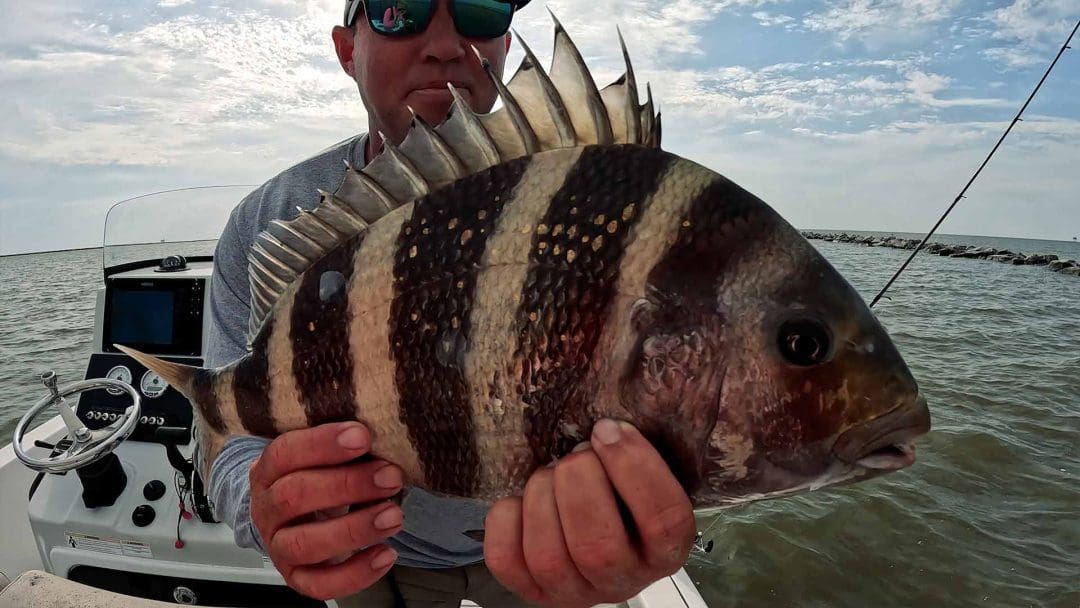
Gulf of Mexico Fishing Seasons and Planning Tips
The Gulf of Mexico has different fishing seasons for different species of fish. Some fish have closed seasons to protect them during their breeding season, whileothers are more abundant during certain times of the year. Here are some tips for planning your fishing trip based on the Gulf of Mexico fishing seasons:
Red Snapper Season:
The red snapper season typically runs from June to August, with a shorter season in the fall. Make sure to check the regulations for the exact dates and bag limits.
Grouper Season:
The grouper season varies by species and location, so it’s important to check the regulations for the specific area you’re fishing in.
Tuna Season:
Tuna are most abundant in the Gulf of Mexico during the spring and fall months.
Tarpon Season:
The tarpon season in the Gulf of Mexico runs from April to September, with the peak season in June and July.
Speckled Trout Season:
Speckled trout are most abundant in the Gulf of Mexico during the fall and winter months.
Planning Tips:
When planning your fishing trip, it’s important to check the regulations and plan accordingly. Make sure to book your charter or rental well in advance, especially during peak fishing seasons. Check the weather and tide conditions before heading out and bring appropriate gear and safety equipment.
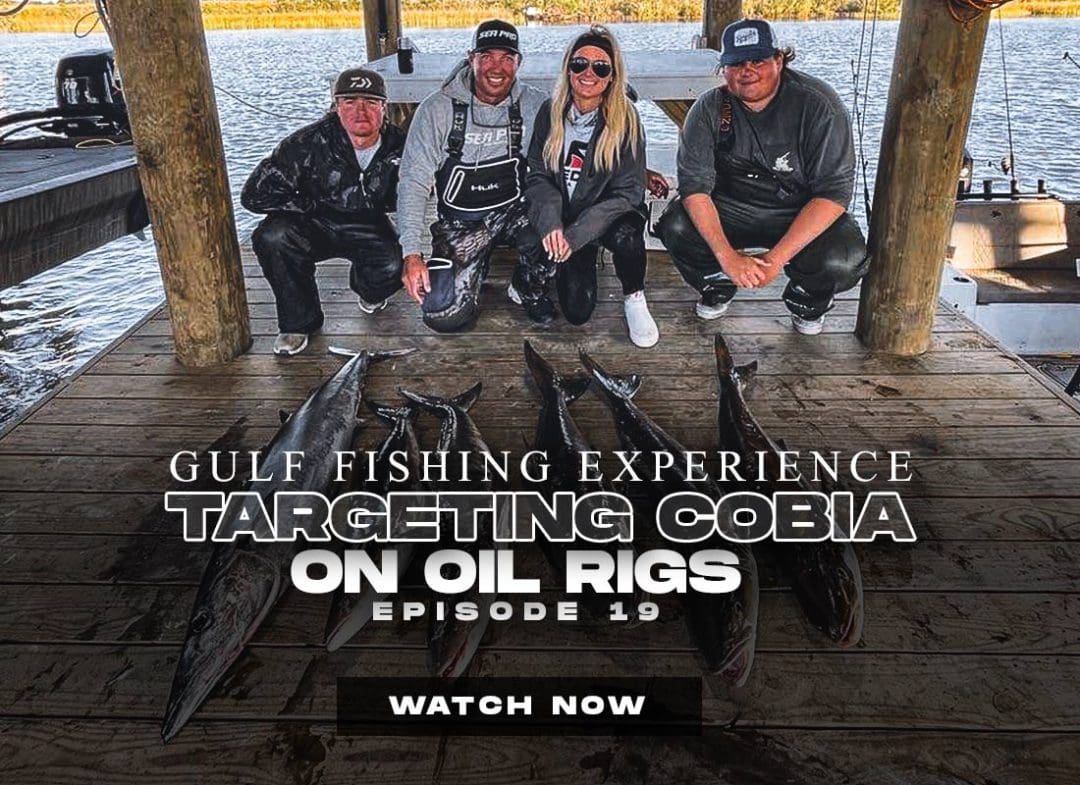
Gulf of Mexico Fishing Tips
Use the right bait:
Different fish species have different feeding habits, so it’s important to use the right bait for the fish you’re targeting.
Check the tides:
Fish are more active during certain tidal movements, so it’s important to check the tide charts and plan your fishing trip accordingly.
Be patient:
Fishing requires patience, so don’t get discouraged if you’re not catching fish right away. It may take some time to find the right spot or the right bait.
Use the right gear:
Make sure to use appropriate gear for the species of fish you’re targeting. This includes the right rod and reel, as well as the right lures or bait.
Be respectful of the environment:
Practice Leave No Trace principles and respect the environment you’re fishing in. Don’t litter and be careful not to damage coral reefs or other sensitive habitats.
Fishing in the Gulf of Mexico can be a thrilling experience, but it’s important to follow the rules and regulations and practice sustainable fishing practices. By following these tips and guidelines, you can have a safe and successful fishing trip in the Gulf of Mexico.

